Can I Teach My Dog to Compete in Obedience Trials?
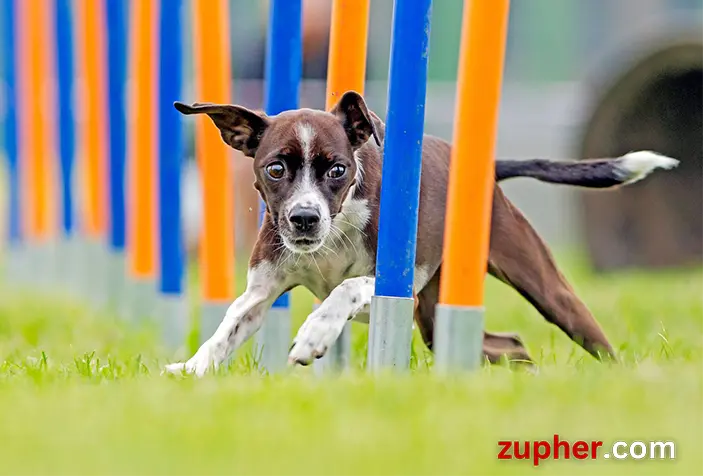
Introduction
A. Definition of Obedience Trials
Obedience trials are competitions where dogs showcase their training by performing various tasks, such as heeling, sitting, staying, and retrieving.
B. Growing Interest in Canine Competitions
More and more people are becoming interested in competitions for dogs, like obedience trials, where they can demonstrate their pet’s abilities and bond with them.
C. Purpose of the Article: Exploring the Feasibility of Training Dogs for Obedience Trials
This article aims to investigate whether pet owners can train their dogs to participate in obedience trials, understanding the challenges and rewards involved.
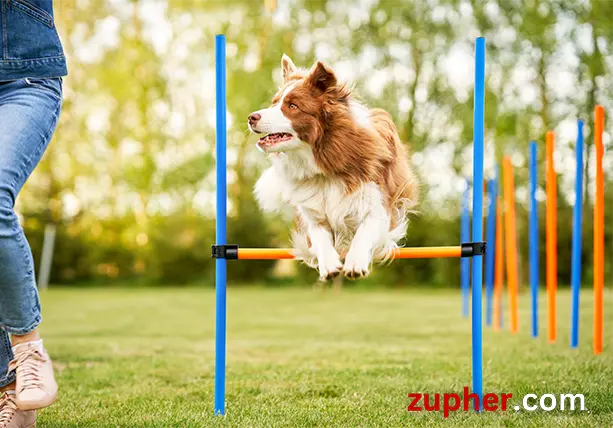
Understanding Obedience Trials
A. Overview of Obedience Trial Structure
Obedience trials are like doggy exams where your furry friend shows off their skills. They have to follow commands like sit, stay, and heel, all while impressing judges.
B. Key Components Evaluated in Trials (e.g., obedience, agility, precision)
In these trials, dogs are judged on how well they listen and perform tasks, like weaving through poles or jumping over hurdles. Precision and agility are essential.
C. Benefits of Participating in Obedience Trials for Dogs and Owners
Participating in obedience trials isn’t just about winning. It’s a chance for dogs to have fun, exercise, and build a stronger bond with their owners. Owners also get to showcase their training efforts and skills.
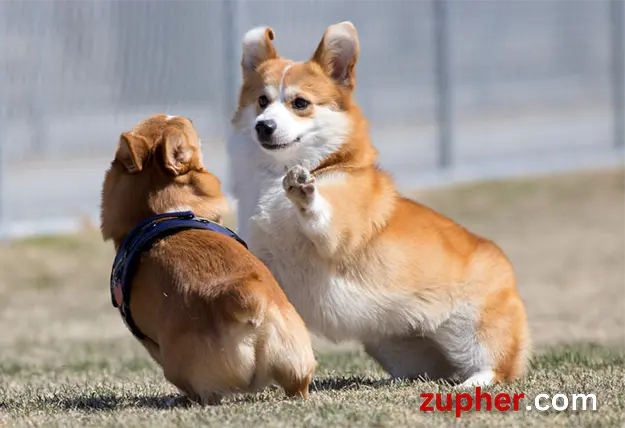
Assessing Your Dog’s Suitability
A. Temperament and Breed Considerations
Your dog’s personality and breed traits play a big role. Some breeds are naturally better suited for obedience trials because they’re eager to please and quick learners. Consider if your dog’s temperament matches the demands of obedience competitions.
B. Age and Health Factors
Age and health are crucial too. Young, energetic dogs might excel, but older or physically challenged dogs might struggle. It’s essential to ensure your dog is healthy and fit for the demands of training and competition.
C. Initial Training Evaluation: Assessing Basic Obedience Skills
Before diving into competition training, assess your dog’s basic obedience skills. Can they sit, stay, and come when called reliably? These foundational skills are the building blocks for more advanced training needed for obedience trials.
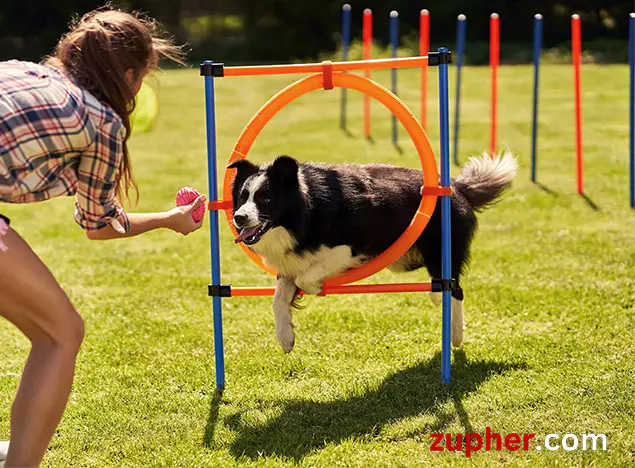
Training Methods and Techniques
A. Positive Reinforcement Training Principles
Positive reinforcement means rewarding your dog when they do something right. It’s like giving them a treat or praise when they follow a command correctly. This method helps them learn and enjoy training.
B. Basic Obedience Training Exercises (e.g., sit, stay, heel)
Start with basic commands like sit, stay, and heel. These are the foundations of obedience training. Practice them regularly and reward your dog for getting them right.
C. Advanced Training Techniques for Competition (e.g., precision, speed, consistency)
As your dog gets better at the basics, you can move on to advanced techniques. This includes improving precision, speed, and consistency in their performance. It takes time and practice, but with patience, your dog can excel in obedience trials.
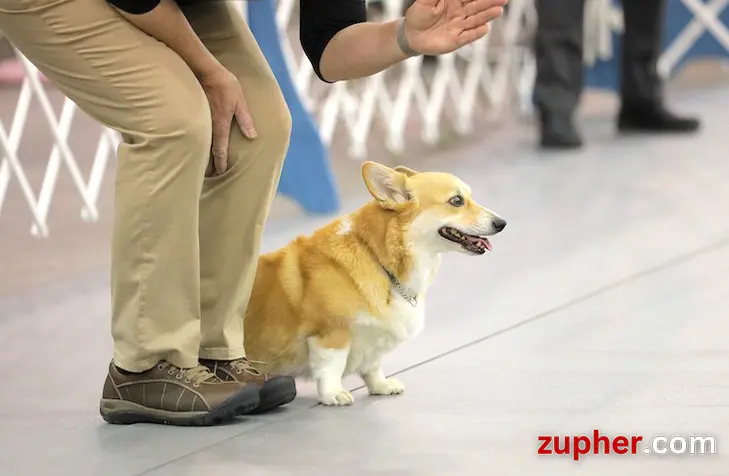
Building a Training Plan
A. Setting Clear Goals and Objectives
Before you start training, it’s important to have clear goals. Decide what you want to achieve with your dog, whether it’s winning a competition or simply improving their obedience skills.
B. Establishing a Consistent Training Schedule
Consistency is key in training. Set up a regular schedule for training sessions, making sure to stick to it as much as possible. This helps your dog understand what to expect and when to expect it.
C. Incorporating Variety and Fun into Training Sessions
Make training enjoyable for your dog by mixing things up and adding fun activities. Use different training methods, play games, and include rewards to keep your dog engaged and excited about learning.
Resources for Assistance
A. Professional Dog Trainers and Instructors
Professional trainers are experts in teaching dogs. They can help guide you and your furry friend through the ins and outs of obedience training, providing personalized advice and support.
B. Online Resources and Training Courses
The internet is full of helpful resources for dog training. You can find videos, articles, and even full training courses online to help you learn techniques and tips for obedience trials.
C. Community Support and Networking Opportunities
Joining a community of fellow dog lovers can provide valuable support and encouragement. You can share experiences, ask for advice, and even find training buddies to practice with. Look for local dog clubs or online forums to connect with others on the same journey.
Overcoming Challenges and Obstacles
A. Dealing with Behavioral Issues and Distractions
Sometimes, dogs can be naughty or easily distracted. It’s important to address these behavioral issues patiently and consistently during training sessions. Try to understand why your dog is behaving a certain way and find ways to redirect their focus.
B. Patience and Persistence in the Training Process
Training a dog for obedience trials requires a lot of patience and persistence. Your furry friend might not get everything right away, and that’s okay! Keep practicing and encouraging them, celebrating small victories along the way.
C. Adjusting Training Methods Based on Individual Dog’s Needs
Each dog has its individuality, meaning what suits one may not suit another. Be flexible in your training approach and adapt your methods to suit your dog’s personality, learning style, and abilities. This way, you can better meet their needs and set them up for success in obedience trials.
Preparing for Competition
A. Familiarizing Your Dog with Trial Environment
Introduce your dog to the competition setting before the big day. Let them explore the environment, so they feel comfortable and confident when it’s time to perform.
B. Mock Trial Runs and Simulated Scenarios
Practice makes perfect! Set up mock trials at home or in a similar environment to the actual competition. This helps your dog get used to the routine and expectations.
C. Mental and Physical Conditioning for Optimal Performance
Just like athletes, dogs need to be mentally and physically fit for competition. Keep their minds sharp with training and games, and ensure they’re in good physical shape through regular exercise and proper nutrition. This way, they’ll be ready to shine in obedience trials.
Participating in Obedience Trials
A. Registering for Competitions and Understanding Requirements
To compete, you’ll need to sign up for obedience trials and understand the rules. Each competition might have different requirements, so make sure you’re prepared.
B. Show Day Preparation and Logistics
On the day of the competition, make sure you and your dog are ready. Double-check your supplies, arrival time, and any last-minute details to ensure a smooth experience.
C. Handling Nerves and Stress for Both Dog and Owner
Competitions can be nerve-wracking for both you and your dog. Stay calm and focused, and try to reassure your furry friend. Remember, it’s okay to be nervous, but try to keep a positive attitude and enjoy the experience together.
Conclusion
A. Overview of the Key Points Addressed in the Article
Throughout this article, we’ve explored the journey of teaching your dog to compete in obedience trials. We discussed assessing your dog’s suitability, training methods, overcoming challenges, preparing for competition, and participating in trials.
B. Encouragement for Dog Owners to Explore Obedience Trials
If you’re considering obedience trials for your furry friend, go for it! It’s a rewarding experience that strengthens your bond and showcases your dog’s skills. Don’t be afraid to take the first step and give it a try.
C. Emphasizing the Fulfillment and Bonding Experience Through Training and Competing
Training and competing in obedience trials isn’t just about winning awards—it’s about the journey you and your dog take together. The bond you build and the fulfillment you both feel are the true rewards of the process. So, enjoy every moment and cherish the memories you create along the way.
People also ask
How do I start competitive obedience training?
Start by teaching your dog basic obedience commands like sit, stay, and come using positive reinforcement techniques.
Is it too late to obedience train my dog?
It’s never too late! Dogs of any age can learn obedience with patience and consistency.
What are the 5 golden rules of dog training?
- Be consistent
- Use positive reinforcement
- Keep training sessions short
- Be patient
- Stay calm
How much time does it take for a dog to grasp obedience training?
It varies depending on the dog, but consistent training can lead to noticeable improvement in a few weeks to months.
What is the highest level of dog training?
The highest level is often considered to be utility or advanced obedience, where dogs perform complex tasks like scent discrimination and directed retrieves.
What is competitive obedience for dogs?
Competitive obedience involves dogs performing a series of tasks, such as heeling, retrieving, and staying, in obedience trials to demonstrate their training and skills.



